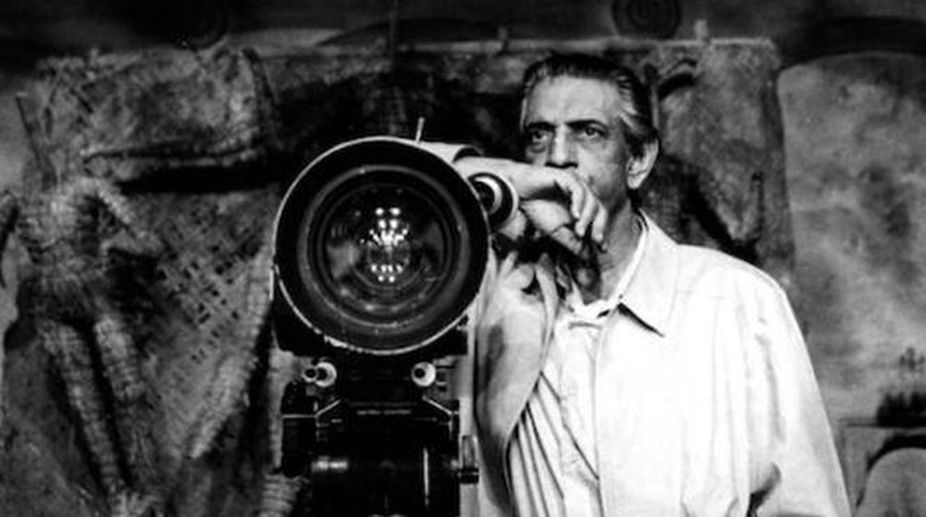When Shyam Benegal credited Satyajit Ray for revolutionizing Indian cinema
Shyam Benegal praised Satyajit Ray as the genius who redefined Indian cinema, leaving an unmatched legacy that transformed filmmaking.

Satyajit Ray (Photo: Facebook)
Organised by the Society for the Preservation of Satyajit Ray Archives, the fifth Satyajit Ray Memorial Lecture was delivered at the Satyajit Ray Auditorium, ICCR by renowned actor and filmmaker Aparna Sen recently.
The director extolled the auteur and enumerated instances from several of Ray’s films. “Ray can be called the master in the portrayal of death scenes,” said Sen. The death of Indir Thakrun and Durga in Pather Panchali, Harihar and Sarbajaya in Aparajito, Aparna in Apur Sansar and Biswambhar Roy in Jalsaghar are evidences of his craft that will always be remembered. She also put in contrast the death in Pratidwandi with all the others.
Advertisement
Making the audience revisit Ray’s various depictions of death, Sen explained that the death of Indir Thakrun was a kind of an extension of her life. She felt Durga’s death, on the other hand, was the most dramatic death scene Ray had ever filmed. Sen said, “Aparna’s death is so unthinkable that it cannot be shown but only imagined. Nothing that a director can direct or actors can act or a cinematographer can film will match the audience’s imagination of the magnitude of Apu’s loss.”
Advertisement
In the Apu Trilogy, loved ones are snatched away from Apu by the randomness of death. “Despite Apu’s misery after Aparna’s death, Ray ends his saga with an affirmation of life,” she said. Apu’s gradual warming to his vulnerable little son Kajal is such an instance. Deep down Ray was always aware that death is the culmination of all human activities and therefore tried to remind viewers about that through his creations.
Sen said that in Parash Pathar and Jalsaghar, Ray’s tenderness and compassion was quite evident. While in Pratidwandi, there is a genuine attempt on the auteur’s part to understand the plight of Calcutta’s youth of the time and recognise the reasons for their anger.
Sen also recalled the days when Ray cast her in Samapti as Mrinmoyee. “I remember when he had told me at the last close-up shot. Put the tip of your finger in your mouth and think of lovely wonderful things.” She said it was undoubtedly a piece of masterly direction for a young girl who was confused about what romantic love is made of.
As a soft-hearted human being, Sen said that Ray never depicted negative characters in black and till Charulata. “Before Charulata, we hardly came across a villain in Ray’s work till he brought forth Umapada, brother-in-law of Charu’s husband Bhupati,” she said.
“Many of Ray’s critics have called him indifferent to the plight of the urban poor and criticised him for being apolitical but I disagree. Ray’s politics was not the politics of parties, which are constantly at each other’s throats,” Sen said.
Sen also denied the claim that Ray had projected India as a poverty-stricken country. “He had rather given a face to India’s poverty,” she said. Before signing off, Sen said, “As the next generation of filmmakers, there is no escape for us from Ray. We have inherited him as Ray had inherited Tagore.”
Advertisement